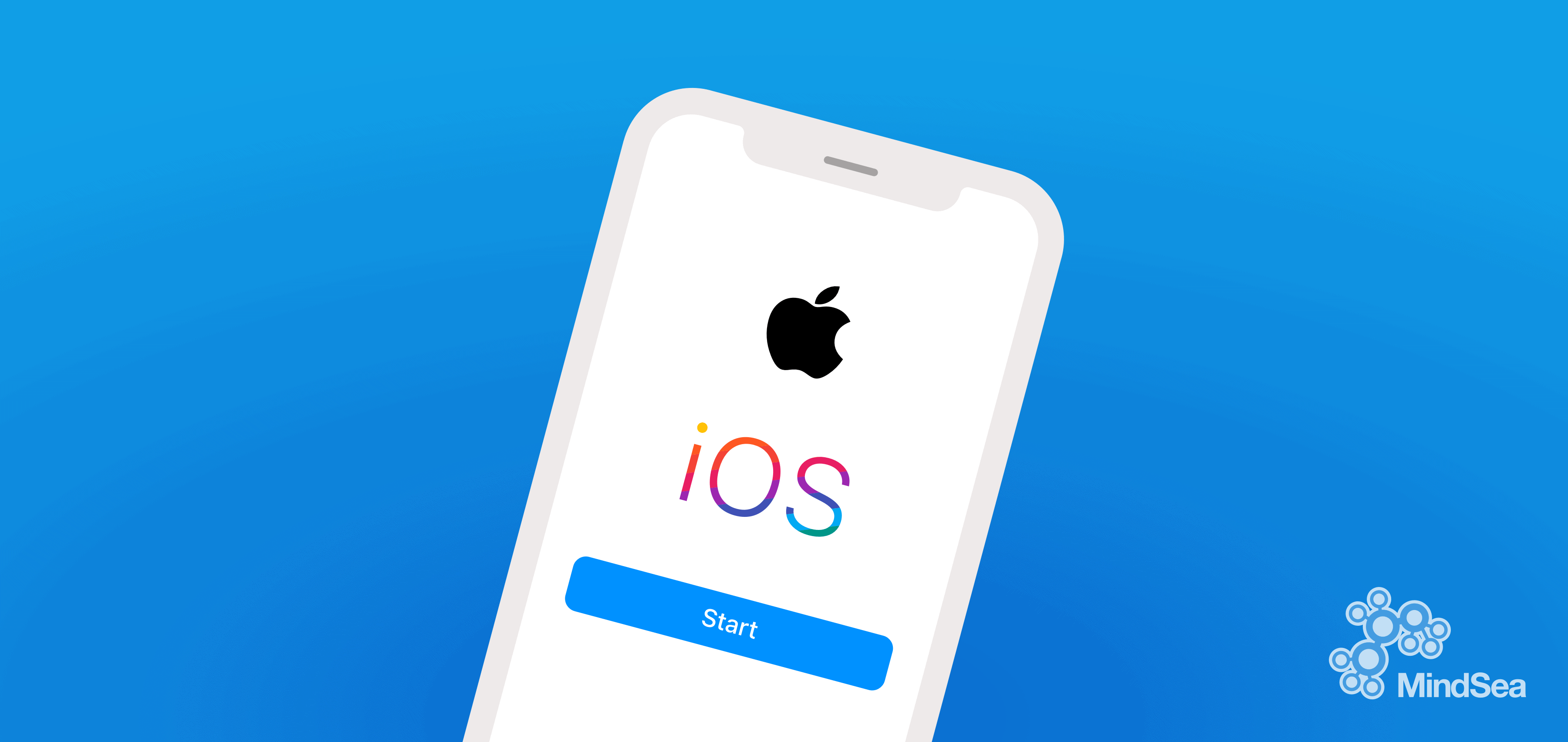So you’re ready to take your business to new heights, and you’ve decided that an iOS app is what’s going to get you there!
You’re right—going mobile has many benefits, as does going iOS. (If Android turns out to be the better fit for your solution, we share how to do that in this piece.)
Your app idea can grow into something much bigger; it just takes the right soil, water and sunshine to get there. Want to ensure your seed is ready to sprout? Then you need to validate your idea before going any further.
Does your app idea have what it takes? Great! Now it’s time to turn your idea into a product.
Here are the steps that will take you from concept to viable solution, along with key questions to answer at every stage.
Do Your Research
Question that needs answering: “Why iOS?”
Just because you use iOS does not mean that your target audience does as well. You are building this app for your users, not yourself. Understanding your target market is the most important factor in deciding which operating system(s) to build for.
Let’s look at the mobile market share for each of the industry leaders.
Globally, here’s how iOS compares to Android:

While Android has the bulk of global market share, iOS owns the North American market. If this is where the majority of your audience resides, it’s a no-brainer.
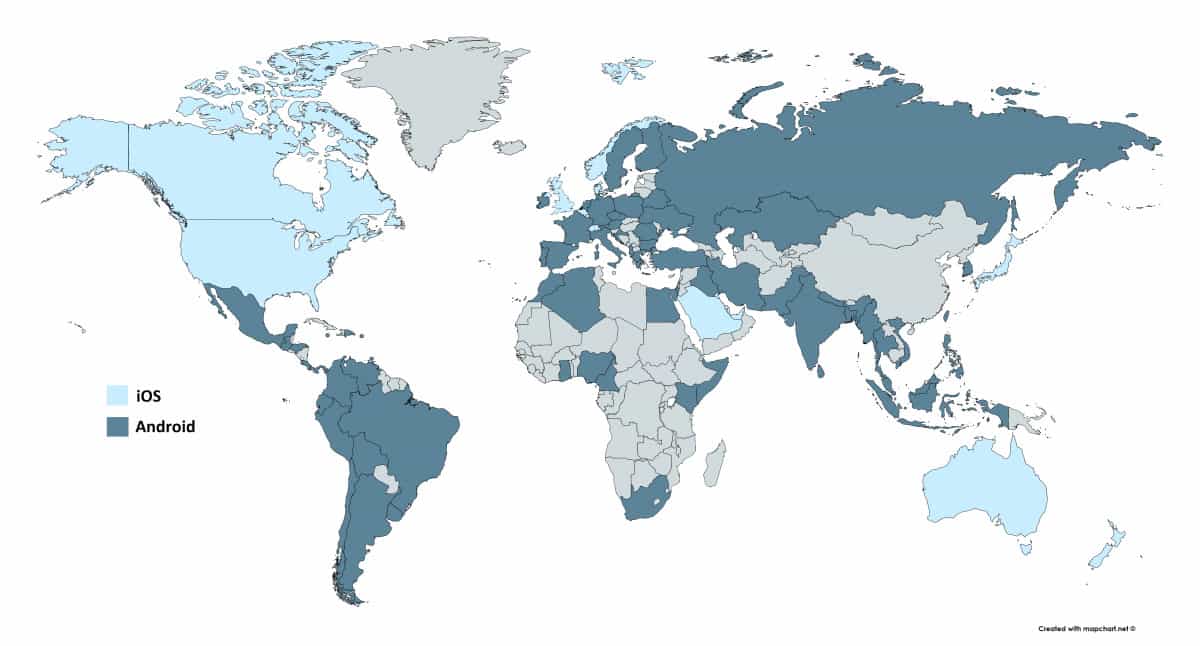
There are other demographics to consider in choosing your operating system, including the age and income level of your audience.
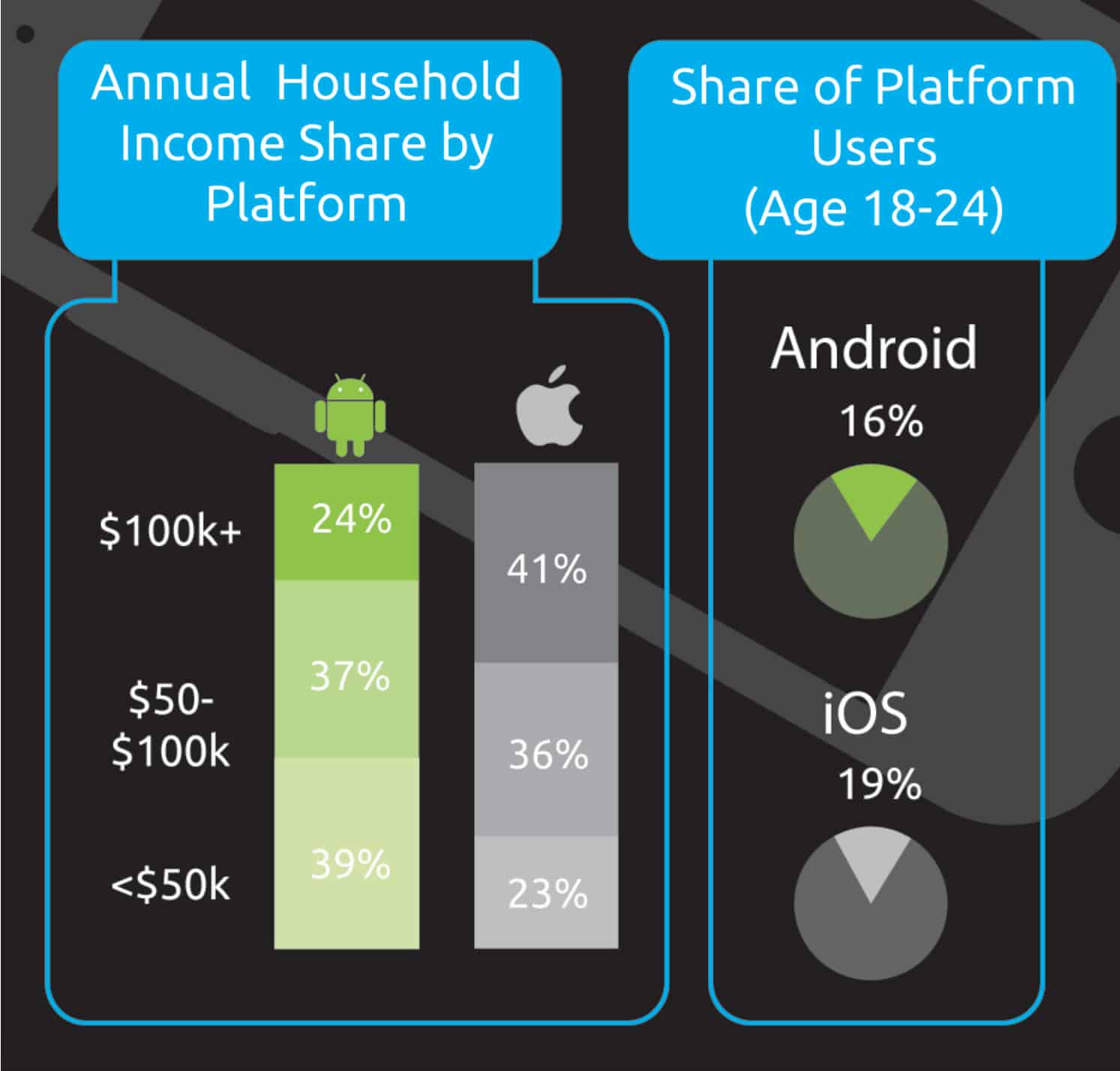
As you can see, iOS users tend to be younger and more affluent than Android users.
On the development side, building iOS apps is generally less expensive and time intensive thanks to iOS’s streamlined coding system. Apple is more restrictive than Android when it comes to customization and the variety of features offered; however, this simpler approach makes for fewer bugs and errors down the road.
Finally, if you’re looking to build an mCommerce solution, iOS app development is the answer.

iOS users spend more than twice as much as their Android counterparts, on average.
These considerations are just the tip of the iceberg when it comes to preliminary research. But once you’ve done your homework, you’ll be equipped with enough information to be confident that iOS app development is the best option for your product.
The next step is finding the people who will make your idea a reality.
Secure Your Team
Question that needs answering: “Who is going to build this?”
You need to identify who has the time, resources and expertise to bring your app idea to life.
Can you find what you need within your current team? If you’re not sure you have the capacity, capability and funds to create an app that performs well, then consider whether you should outsource app development.
Depending on your resources, both tangible and intangible, hiring an outside agency may be your best bet for iOS app development.
Outsourcing to an app agency comes with its own questions and parameters. This is why the research phase is so important—by creating a clear concept for your product, you are better able to set expectations regarding resources and talent.
Develop Your Strategy
Question that needs answering: “How are we going to accomplish our objectives?”
Once you’ve found the right team, it’s time to collaborate.
Every team has a different approach to app builds. Regardless of the approach, it’s important to identify goals and set timelines.
We use our Blueprint model to guide us in our app builds. This approach uses project goals and market insights to establish a strategic plan for delivering the best user experience.
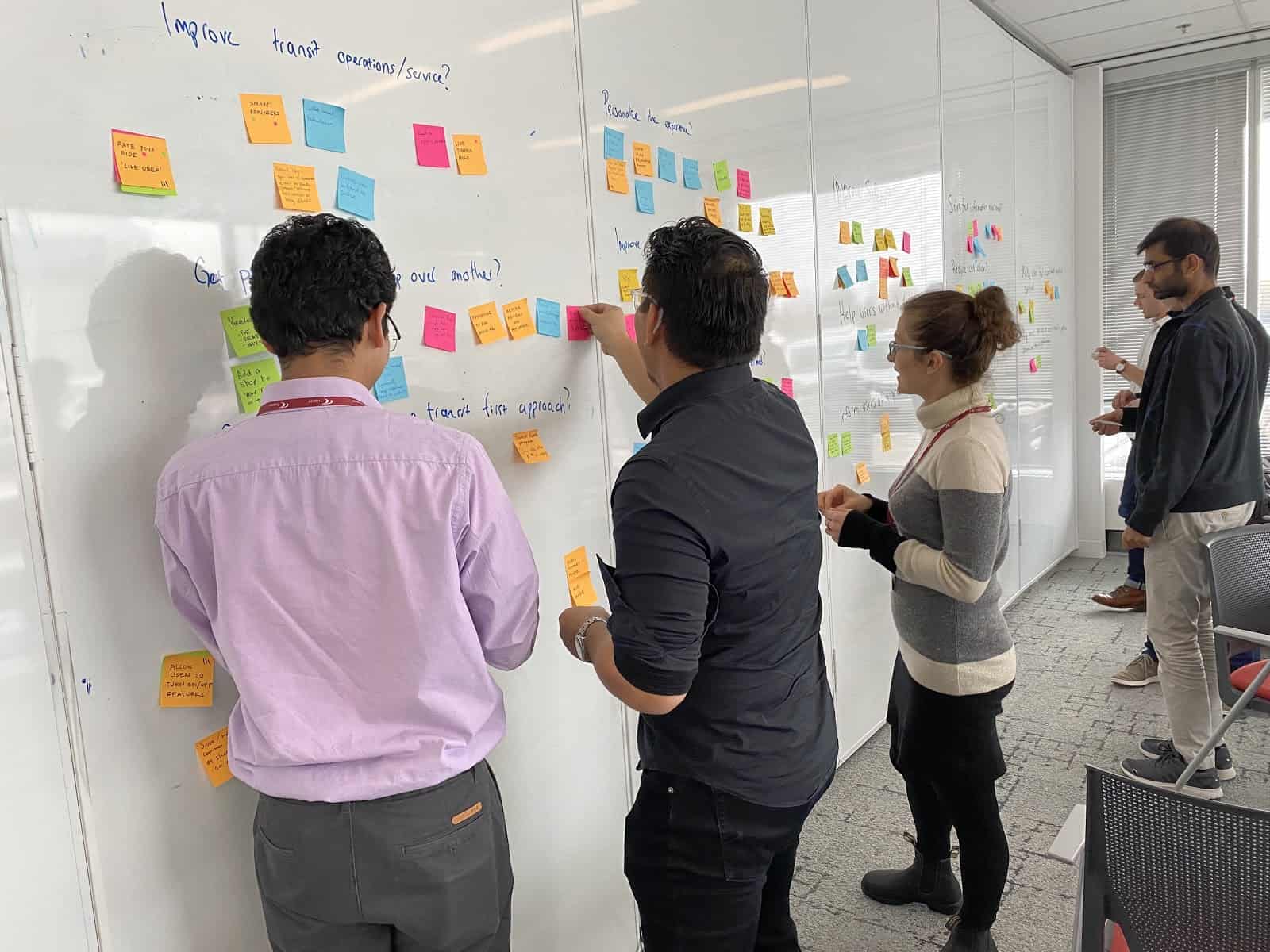
Our team starts with a thorough collaborative workshop, as seen in the photo above. These workshops help keep our team on track by mapping out the timeline of the project, the estimated cost, the design and development strategy, and more.
Then we conduct user testing and market research to make sure the app meets the audience’s needs and yields results.
Create Your Sketches
Question that needs answering: “What is our product going to look like?”
With a detailed plan in hand, the next step is to start designing the physical app experience.
Depending on the size and complexity of your app, you might use a tool like draw.io to create your sketches—or keep it old-school with pencil and paper.
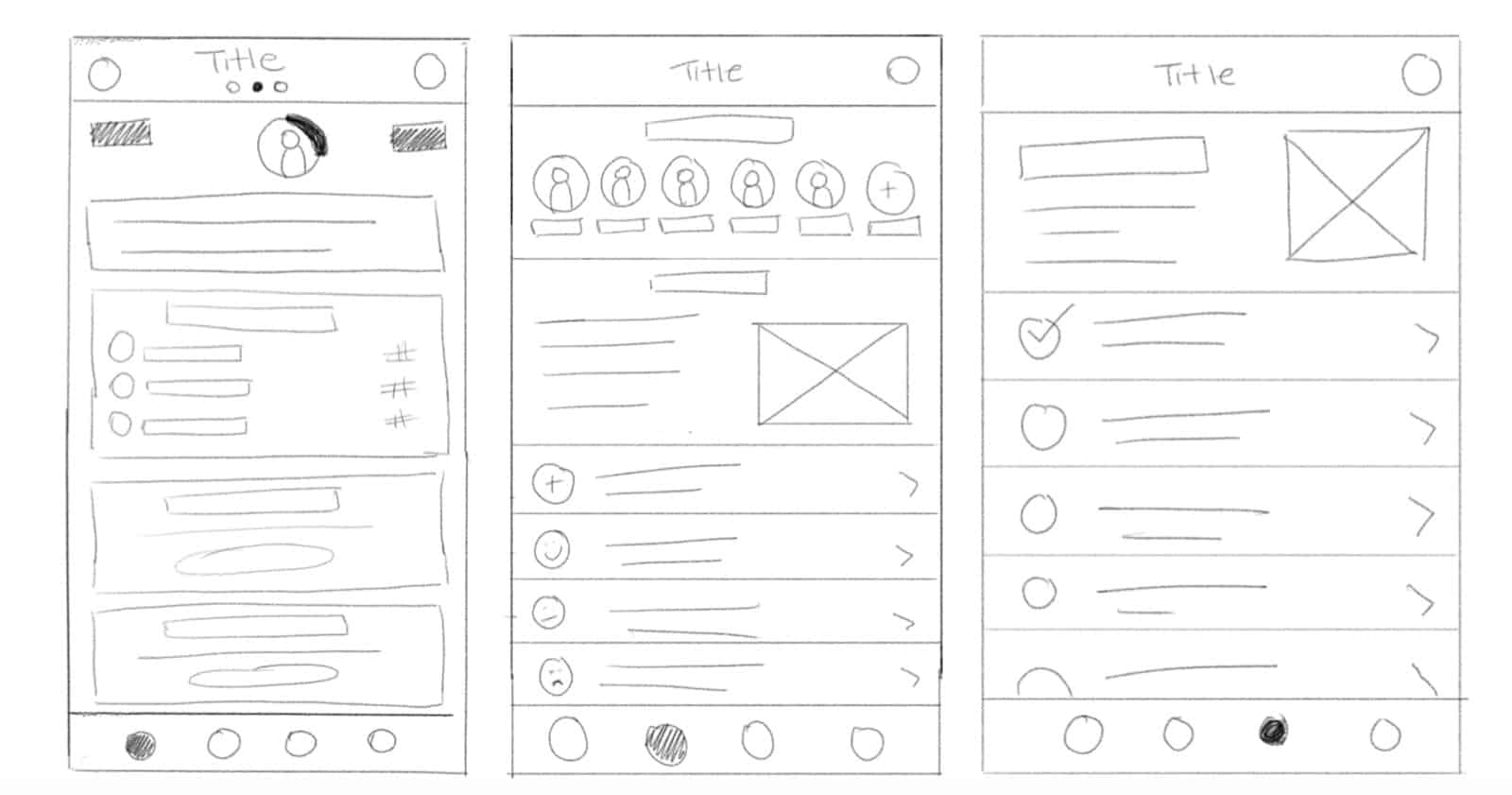
Sketches provide the first glimpse of what the app will look like for the user. They allow you to envision each in-app action and plan out the UX. By illustrating how the navigation works, your team can find simpler and more creative ways to perform the app’s various functions.
Build Out Wireframes
Question that needs answering: “How do we go from a sketch to reality?”
Next, you can elevate the sketches into something called wireframes.

Wireframes add detail to your sketches. These are low-fidelity, simplified outlines of your product made up of boxes, words, lines and sometimes descriptions. They provide a better idea of the final product, just in black in white.
Begin Prototyping
Question that needs answering: “Where can we improve?”
Then your development team can take those rough wireframes and transform them into a pre-beta product called a prototype. A prototype is something concrete, something tangible that you can use in user testing, final design planning and investor pitches to showcase the features of your app.
A prototype’s primary purpose is testing and quality assurance.
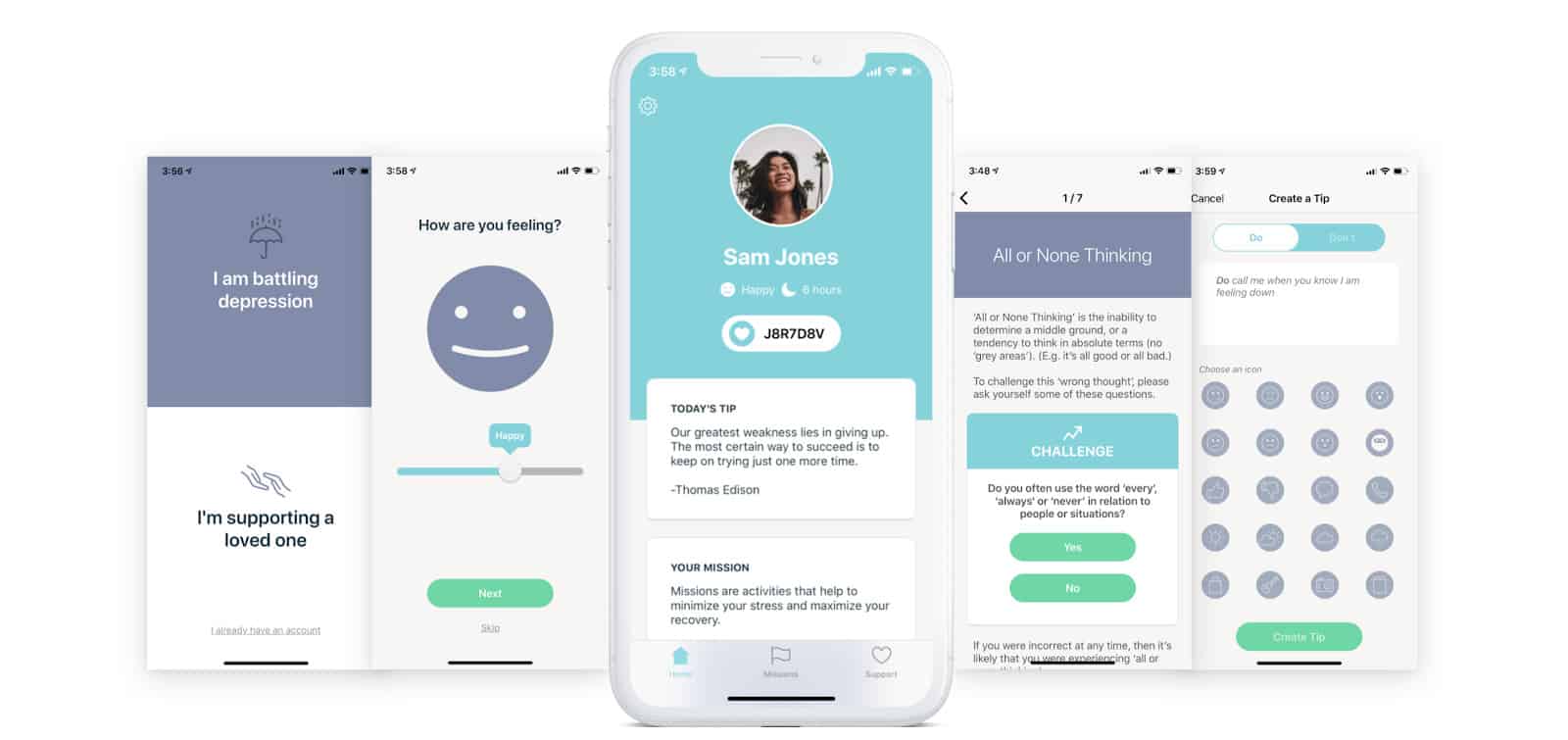
Comparing your prototype to a competitor’s product can help you identify the strengths and weaknesses of your app. Ensuring your product can serve its purpose at least as efficiently and effectively as similar products is vital to competing in the market.
Prototypes also help reduce costs. It is much cheaper to fix something within a prototype than once the build has begun. Running user testing and performing market research at this stage is a moderate but necessary investment to avoid bigger costs and roadblocks in the future.
Finally, prototypes are useful tools for pitching to investors. Generating funding for an app can be difficult, especially if you’re asking for someone to invest in an abstract idea. A prototype can help concretely communicate your vision and capture their interest.
Start Building!
This is where it all comes together! We recommend using Xcode, the official integrated development environment for iOS app development, and pairing it with tools such as Material Design and Java.
Wrapping It Up
As Eisenhower once said, “Good planning without good working is nothing.”
Now that you know the right course of action, it’s time to make it happen.
Have questions about the app building process? Check out some of our other posts for answers.
If you’d rather chat with an expert, give us a call! Mobile is our passion, and we’re always happy to help.
